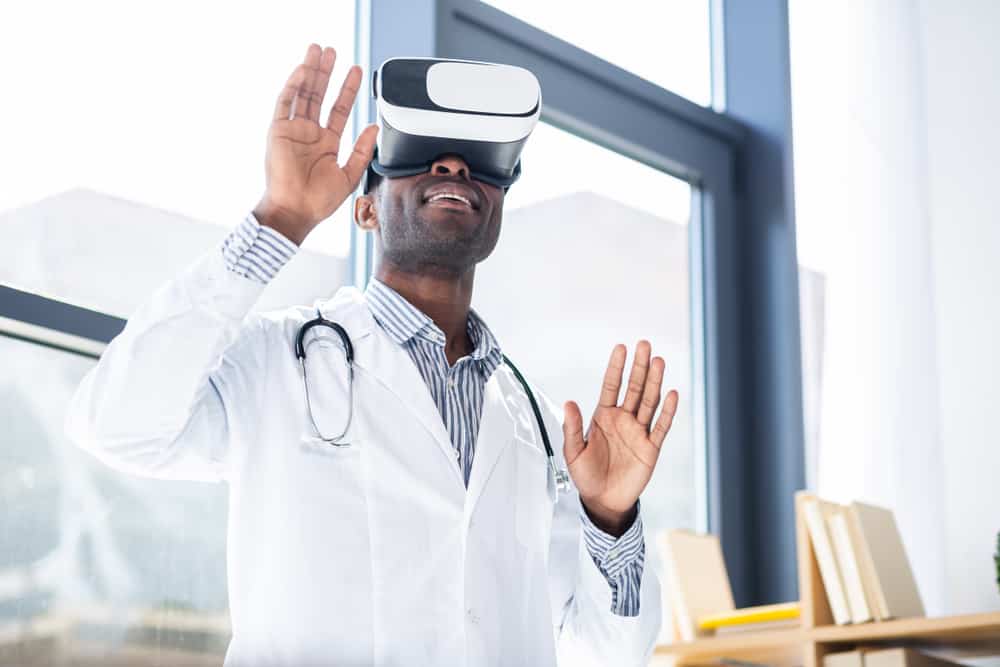As I write this, I’m sitting on my back porch enjoying the shade under our oak trees. The sky is clear, the sun is bright, the birds are singing, and my children are playing with another one of their inventions by the pool. They work so well together.
I can’t help but think of all the things they’ve learned in their young years and how much more there is still out there for them to discover. I’m inspired by their creativity, resourcefulness, and eternal optimism. I realize that no matter how much my wife Ashley and I teach them that there will be circumstances that will require them to adapt to new things not yet faced or experienced. It’s that thought that brings me to the focus of this blog: the vital need to be adaptable.
Confronting the notion of change
Adaptation is a willingness to confront or change your own ideas and preconceptions. We face many challenges on a daily basis as mothers, fathers, spouses, siblings, workers, leaders, and as the many other hats that we wear. What enables us to perform each of our roles at their best is our ability to adapt as we learn and understand new or better ways of doing things.
Bruce Lee famously said, “Be formless, shapeless like water. Now you put water in a cup, it becomes the cup. You put water into a bottle, it becomes the bottle. You put it into a teapot, it becomes the teapot. Now water can flow, and water can crash. Be water, my friend.”
The 2 most ever-present areas that are evolving as it relates to Harmony’s business model are healthcare and sales. Let’s look at a 3 prominent macro changes in healthcare as we begin a new decade:
1. Increasing focus on quality-based care
The growing pressure for quality-based care is coming from 2 primary sources:
- the Merit-based Incentive Payment System (MIPS) rolled out by CMS
- rising consumer expectations through choice and the voice provided them by social media platforms and the increasing connectivity of our world
According to Centers for Medicare & Medicaid Services (CMS), MIPS is referred to as the Quality Payment Program, which rewards value and outcomes via the Merit-based Incentive Payment System (MIPS) and the Advanced Alternative Payment Models (APMs). The stated goal is that this program was designed to tie payments to quality and cost-efficient care, drive improvement in care processes and health outcomes, increase the use of healthcare information, and reduce the cost of care. Patients/consumers are empowered with more information than ever to make informed decisions and choices on their healthcare needs.

The importance is tied to the end result and the ultimate solution of medical treatments. As this pressure builds, healthcare organizations will be more accountable than ever to adapt to population health needs. We are adapting to solving healthcare needs for tomorrow, not just today.
2. The role of Big Data and its impact on population health
At the highest level of population health management, healthcare organizations must use analytics to categorize their populations by health risk or disease burden. An effective population health program will automatically identify patient care gaps, using a combination of claims data and clinical data from multiple sources. This can have a positive impact on areas such as:
- understanding human capital needs
- facilitating preventative care
- recognizing impending outbreaks
- lowering the rate of medication errors by identifying inconsistencies between a patient’s health and drug prescriptions
By better organizing data, healthcare organizations can not only identify areas of weakness but can also help better understand their market.
3. Increasing pressure for on-demand healthcare and virtual reality treatment options
When I think of on-demand, I think of consumers who want things on their own time, at their own convenience, and wherever they happen to be. It is incumbent on the healthcare industry and its players to enter the era of digital innovation, as patients seek on-demand healthcare options because of their busy schedules.
Mobile is especially important when considering content marketing. People are more mobile than ever. Virtual options also offer a myriad of applications that are profoundly changing the way patients are being treated, including everything from surgical preparation to patient illness education to therapy to helping children with autism learn how to navigate the world. These options can engage consumers more deeply with products and services and give healthcare organizations a better sense of their patients’ needs.
Looking ahead
With healthcare costs continuing to rise in the United States and as pressure builds on healthcare organizations to create better efficiencies, reduce costs, and enhance quality of care through better and more convenient options, the industry’s ability to adapt and find new ways of pioneering the future has never been more acute.
I feel incredibly fortunate to be a part of these changes as Harmony continues to support a diverse range of healthcare organization with their human capital management needs in existing and developing areas. It is ultimately the people who give these organizations life and vision. It will require a Herculean effort from everyone involved to adapt to the healthcare needs of the future.
How will you make an impact?



